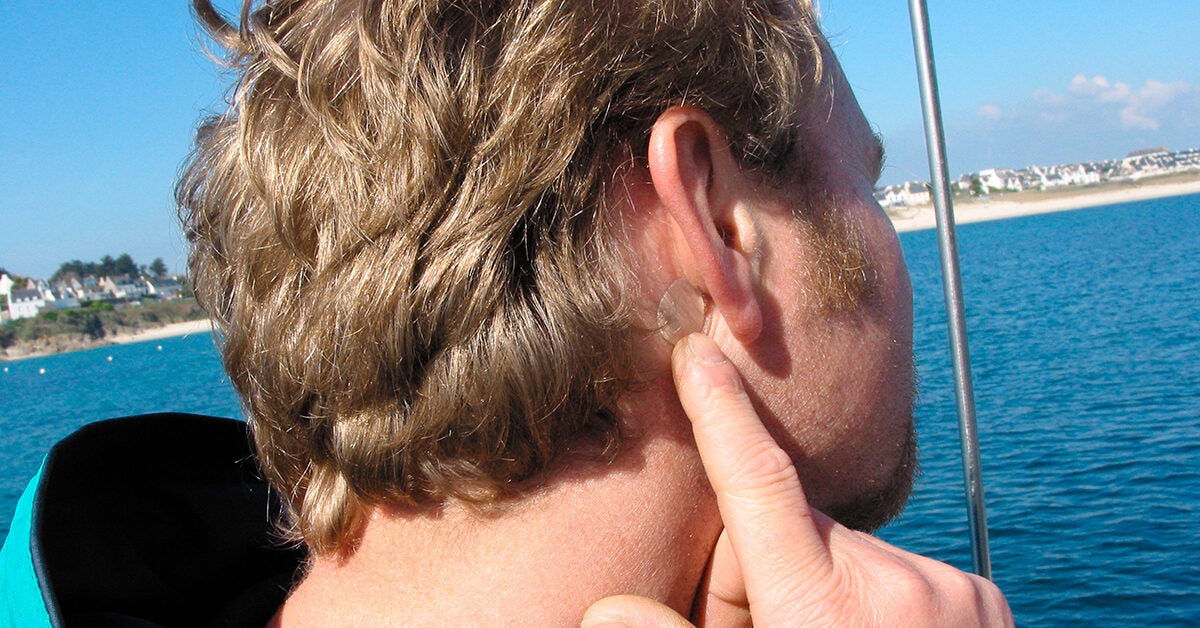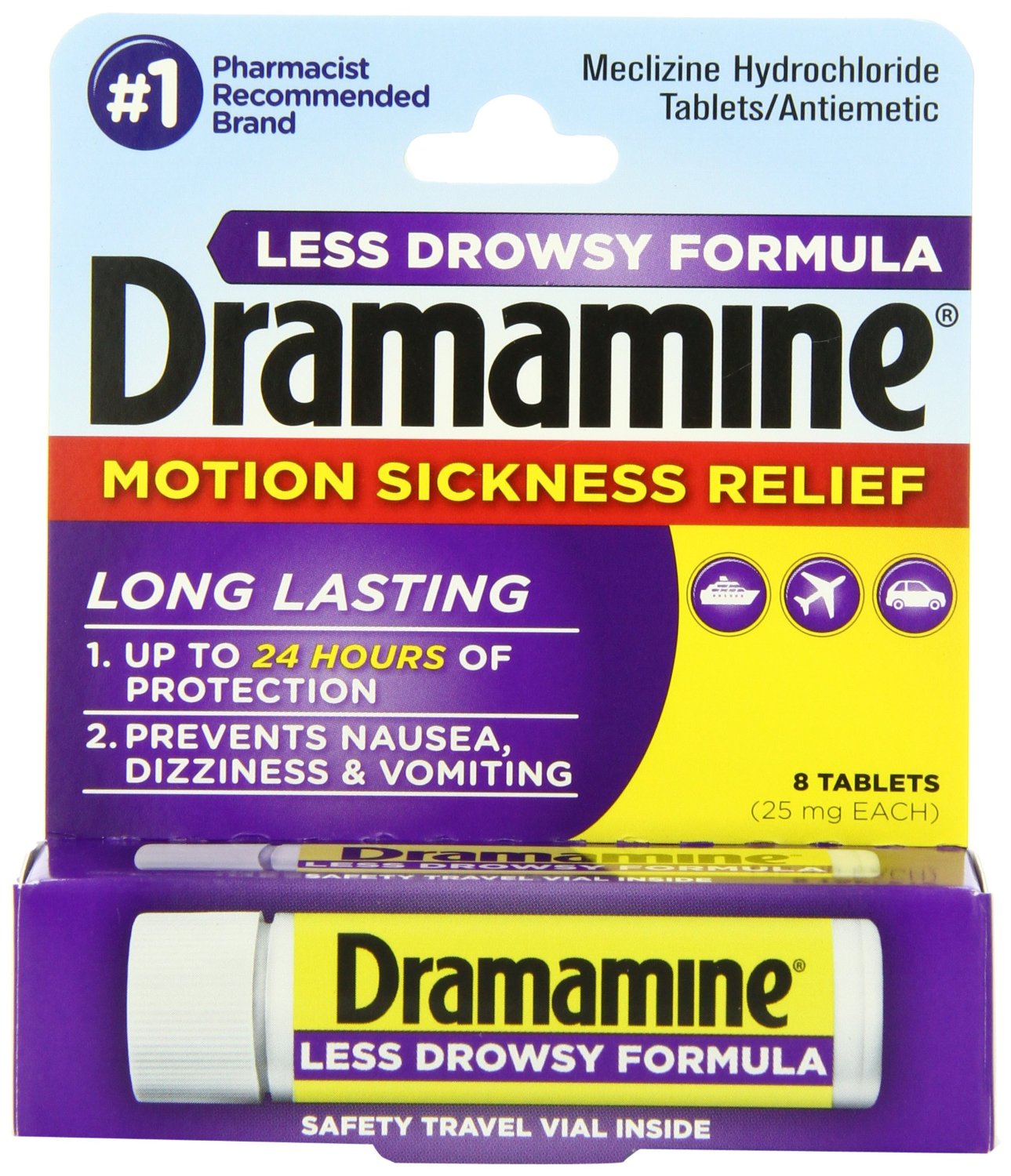Table Of Content

Inform patients not to operate motor vehicles or other dangerous machinery or participate in underwater sports until they are reasonably certain that scopolamine transdermal system does not affect them adversely. Scopolamine patches are used to help prevent nausea and vomiting. They’re often prescribed if you experience nausea due to medications or motion sickness. When searching for the best motion sickness remedies of all types, we consulted several medical professionals across the country, including naturopathic and western medicine practitioners. Our best overall pick is the tried-and-true over-the-counter pill Bonine. We also recommend natural remedies including tea, candy, and essential oil, plus acupressure bracelets and patches.
What should I tell my care team before I take this medication?
If the patch falls off, throw it away and put a new one behind the other ear. Talk to your pediatrician regarding the use of this medicine in children. Tell the doctor in charge that you are using this medicine before having a magnetic resonance imaging (MRI) scan. The patch contains aluminum, which can cause skin burns at the application site during this procedure. Ask your doctor if the patch should be removed before having an MRI scan.
What side effects may I notice from receiving this medication?
This medicine may cause seizures in pregnant women with severe preeclampsia (pregnancy with high blood pressure and high protein levels in the urine or organ problems). Using this medicine with any of the following medicines is usually not recommended, but may be required in some cases. If both medicines are prescribed together, your doctor may change the dose or how often you use one or both of the medicines.

Start your own travel blog with hosting from Bluehost!
Some have only been reported in a small number of scopolamine patch users. However, because these side effects are serious, it’s important to be aware of them and to tell your doctor right away if you experience any of them. Most side effects are mild and temporary and will usually resolve on their own. However, in rare cases, serious side effects can occur that need urgent medical attention.

Seizures and seizure-like activity have been reported in patients receiving scopolamine. It’s important to change your scopolamine patch according to the schedule your doctor prescribes. Changing your patch too early could put too much medication into your bloodstream, increasing the risk of side effects. The scopolamine patch is not a good choice for some people with heart, kidney, and liver disease. However, some side effects may linger even after you remove the patch, as the medication will still be in your bloodstream. It can take a day or more for side effects to resolve after you’ve removed a scopolamine patch.
Before taking this medicine
For many people who do feel ill on a cruise, motion sickness is a limited-time event. It might hit you during the first 24 hours of sailing, quickly calming down as your nervous system adapts to the motion. Symptoms might only affect you when the exact set of circumstances appears that disturbs your equilibrium enough to cause nausea.
Charlotte woman warns of potential withdrawal symptoms after removing motion sickness patches - WBTV
Charlotte woman warns of potential withdrawal symptoms after removing motion sickness patches.
Posted: Fri, 02 Aug 2019 07:00:00 GMT [source]
Remind your patients to pack essential medicines and devices in their carry-on bag and not in their check-in luggage. Trying to replace forgotten or lost medicines, or devices such as continuous positive airway pressure (CPAP) machines, when at sea or in non-US ports can be difficult and at times impossible. Patients with implanted venous access ports should be reminded to bring extra access needles, usually unavailable on ships and most non-US ports. The laboratories of most ship medical centers can produce complete blood cell counts and chemistry panels and can perform several point-of-care procedures.
These withdrawal symptoms indicate that scopolamine, like other anticholinergic drugs, may produce physical dependence. The onset of these symptoms, generally 24 hours or more after the transdermal system has been removed, can be severe and may require medical intervention [see Warnings and Precautions (5.5)]. Concomitant use of scopolamine with other drugs having anticholinergic properties may increase the risk of CNS adverse reactions [see Drug Interactions (7.1)], intestinal obstruction and/or urinary retention. Consider more frequent monitoring during treatment with scopolamine transdermal system in patients receiving anticholinergic drugs [see Warnings and Precautions (5.2, 5.4)]. Either scopolamine transdermal system or the interacting drug should be chosen, depending on the importance of the drug to the patient.
Inform patients that temporary dilation of the pupils and blurred vision may occur if scopolamine transdermal system comes in contact with the eyes. Instruct patients to wash their hands thoroughly with soap and water immediately after handling the transdermal system [see Dosage and Administration (2.1), Warnings and Precautions (5.6)]. Scopolamine, due to its anticholinergic properties, can decrease gastrointestinal motility and cause urinary retention. Discontinue scopolamine transdermal system in patients who develop difficulty in urination. Other drugs may interact with scopolamine, including prescription and over-the-counter medicines, vitamins, and herbal products.
Cruising Toward Solutions for the Other MS — Motion Sickness - Multiple Sclerosis News Today
Cruising Toward Solutions for the Other MS — Motion Sickness.
Posted: Wed, 07 Jun 2017 07:00:00 GMT [source]
Using this medicine with any of the following medicines is not recommended. Your doctor may decide not to treat you with this medication or change some of the other medicines you take. Scopolamine belongs to the group of medicines called anticholinergics.
Additionally, because a cruise ship’s environment may be different from what your patients might be used to back home, it is important for you to prepare your patients with education and additional medication for contingencies. For example, because of moisture and humidity, respiratory allergies are not uncommon on ships, so patients with reactive airway diseases should be reminded to bring their rescue medications for flare-ups. Although these medications are generally available in ships’ medical centers, having them readily at hand for the traveling patient is a good idea. Before getting a prescription for a scopolamine patch, tell your doctor about your medical history and any medications and supplements you’re taking. Once you start using the patches, follow all instructions carefully to lower the risk of adverse side effects. A woman used a scopolamine patch for a 7-day cruise as directed, replacing the patch every 72 hours.
Instruct patients to seek medical attention if they experience severe symptoms. Minor complaints can become major problems on board a cruise ship. For example, a minor incident during pregnancy that may resolve easily on land can become a life-threatening event at sea.
No comments:
Post a Comment